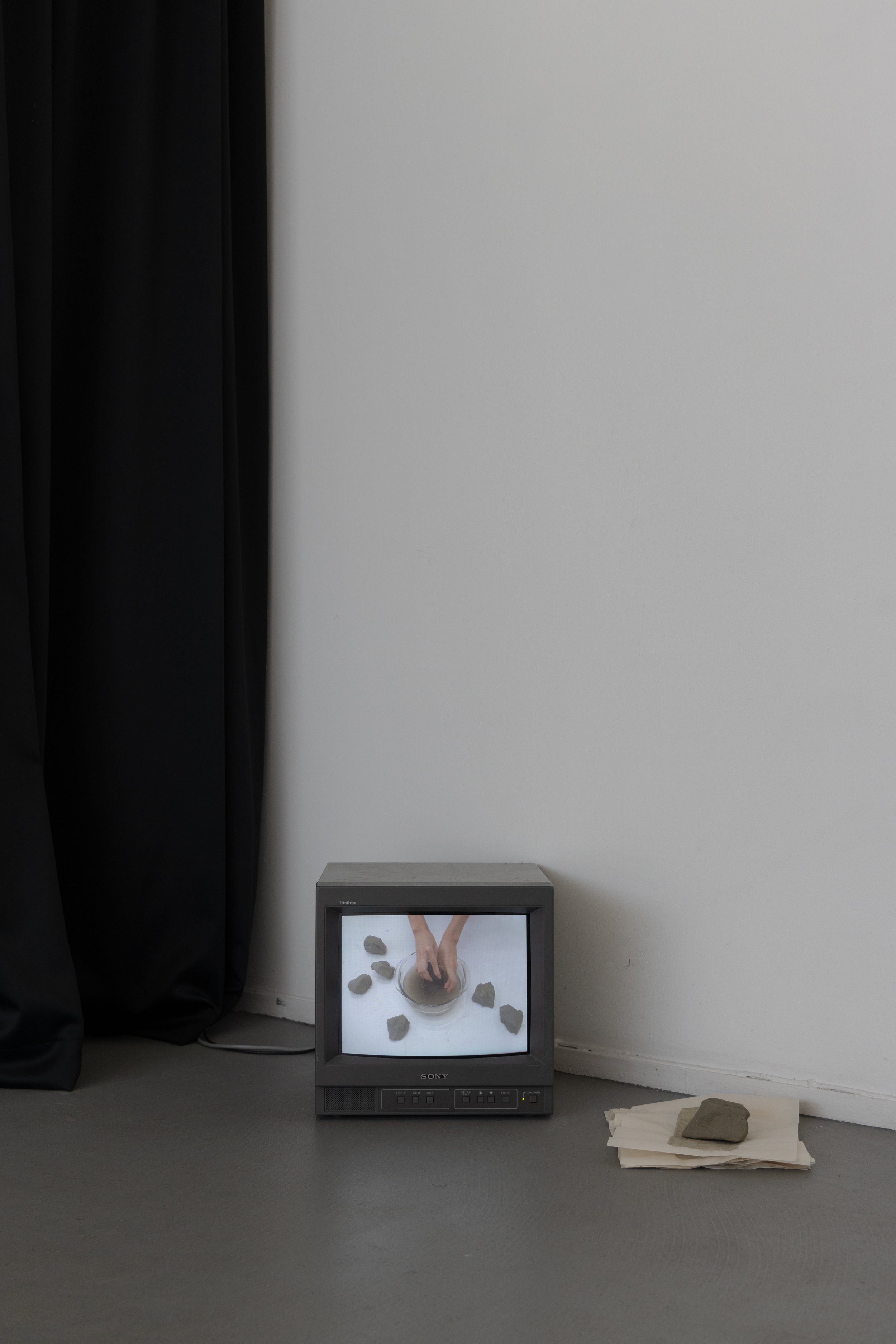Notes On: Steam
Connie Brown on Isabella Dampney’s Feast of the Ass; Te Tuhi, 25 September – 27 November 2022.
Describing a public laundry house in the Goutte d’Or neighbourhood of Paris, early in his novel L’Assommoir, Émile Zola writes of the clanging engine heating the waters as “the very breathing of the washhouse, a scalding breath that blew the ever-present steam into a cloud which hovered in the air beneath the rafters.”[i] The air smells of soap, needled with notes of bleach. The women labour with their sleeves rolled up to the shoulders, their skirts tucked up between their thighs, their garments “soaking wet as if they’d been in a downpour,” and their skin reddened from the hot, hard Paris water and the hardness of their work.[ii]
Labour features prominently in several of the novels that make up Zola’s twenty-part cycle, Les Rougon-Macquarts, but it is the thick air of the laundry house in L’Assommoir that distils most potently the industrial project and its effect on workers, by way of its most potent substance: steam.
Back-of-house hospitality workers can probably sympathise with Zola’s laundresses; standing, sandwiched, sweating, between stacks of dirty dishes and above commercial sterilisers like the one that features in Isabella Dampney’s Feast of the Ass—opening which can feel like standing in the belch of an exhaust pipe, and being vaporised. Within the information and service economy, experiences like this that register palpably on the senses are increasingly rare. Grievances are usually of the bureaucratic or interpersonal variety, or a chronic condition of precarious employment—all deeply felt states, but elusive and undistillable in their difficulty in a way that industrial labour in the nineteenth century was not.
Naturalism like Zola’s is not the mode to which the subtleties of contemporary work reveal themselves. Something more oblique and unhinged is needed, which is why Dampney’s odd installation—of an oil painting, of a donkey, floating in a pale-blue field while harnessed to a plump carrot and a gnarled stick poised sinisterly above its rear, propped up on a dishwasher in Te Tuhi’s foyer—is so effective.
Like the lowly clergymen who partook in the mediaeval festival from which her work takes its title, Dampney parodies the systems of power by which she and other workers are subordinated. In her rendering, the timeworn image of the ass chasing the carrot held forever just-out-of-reach becomes the consummate symbol of Lauren Berlant’s Cruel Optimism. Berlant ventured this concept to describe our attachment to, and Sisyphean pursuit of, the structures, objects, and aspirations that hold us back—which for an artist is maybe doubly insidious, given that the ‘spiritual value’ of their work often supposes to subsidise a liveable income.
Spiritual value doesn’t put food on the table, even if laughter warms an empty stomach. The Feast of the Ass is the one always promised that never happens—for kitchen workers, like Dampney, who spend brunchtime on Sundays in the dish pit, “scouring dried eggs” off of plates.[iii] Probably to save for art supplies. For painting pictures of donkeys that are really pictures about labour under capitalism.
The Feast of the Assis a feast for fools, insofar as it's a foolish trade-off: time for art, but no time left to make it.
Footnotes
[i] Émile Zola, L’Assommoir, trans. Margaret Mauldon, (Oxford: Oxford University Press, 1998), 21.
[ii] Zola, L’Assommoir, 16.
[iii] Isabella Dampney, artist statement, 2022
All images: Isabella Dampney, Feast of the Ass. Installation view at Te Tuhi, Tāmaki Makaurau, October 2022. Photography: Sam Hartnett
Isabella Dampney, Feast of the Ass, 2022. Installation view at Te Tuhi, October 2022
Isabella Dampney, Feast of the Ass, 2022. Installation view at Te Tuhi, October 2022
Isabella Dampney, Feast of the Ass (detail), 2022















Connie Brown on Zoe Thompson-Moore’s Open-field; RM Gallery, 23 November - 17 December